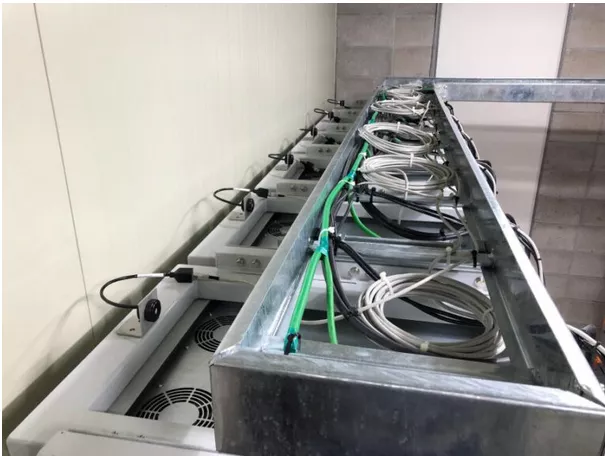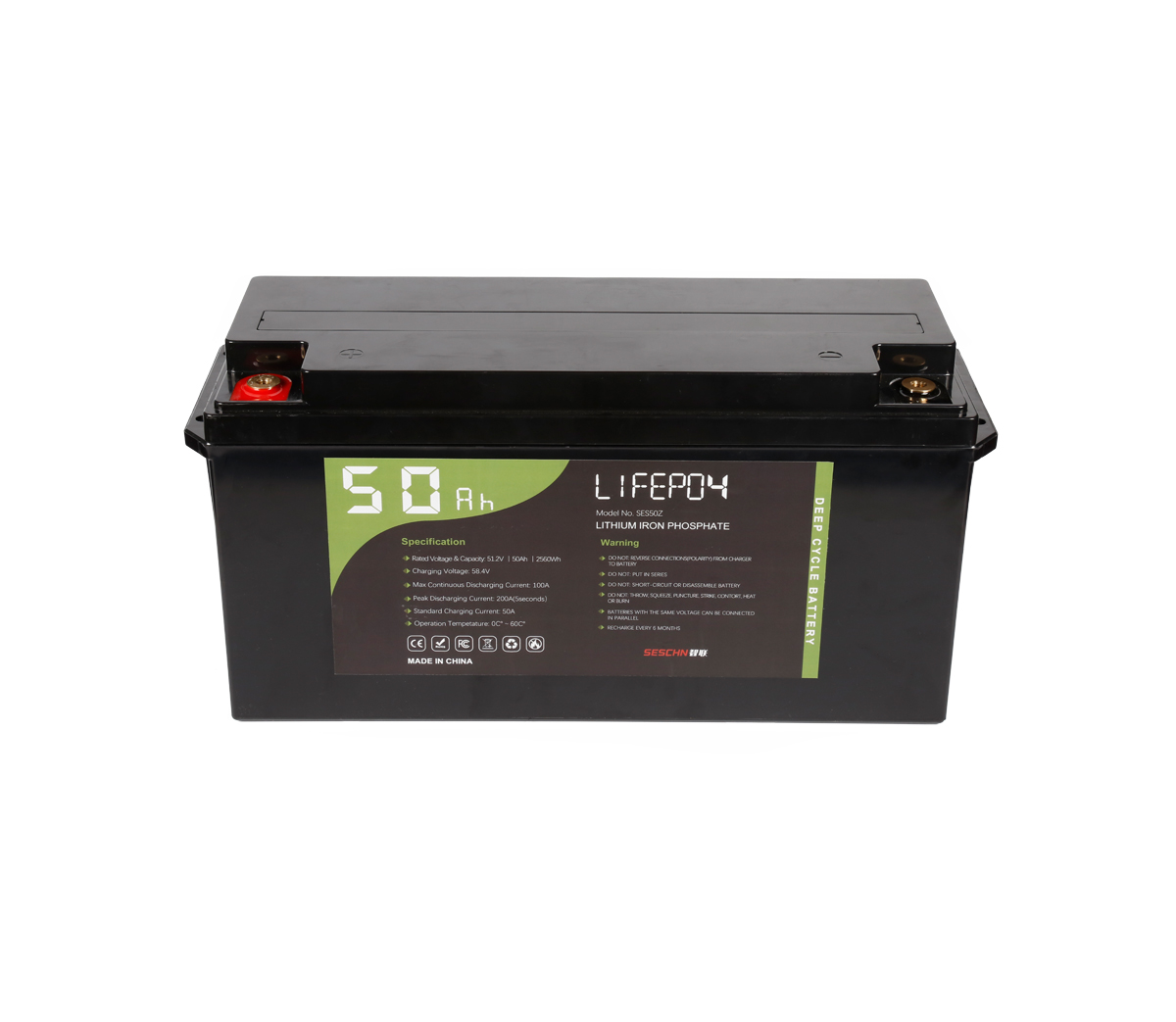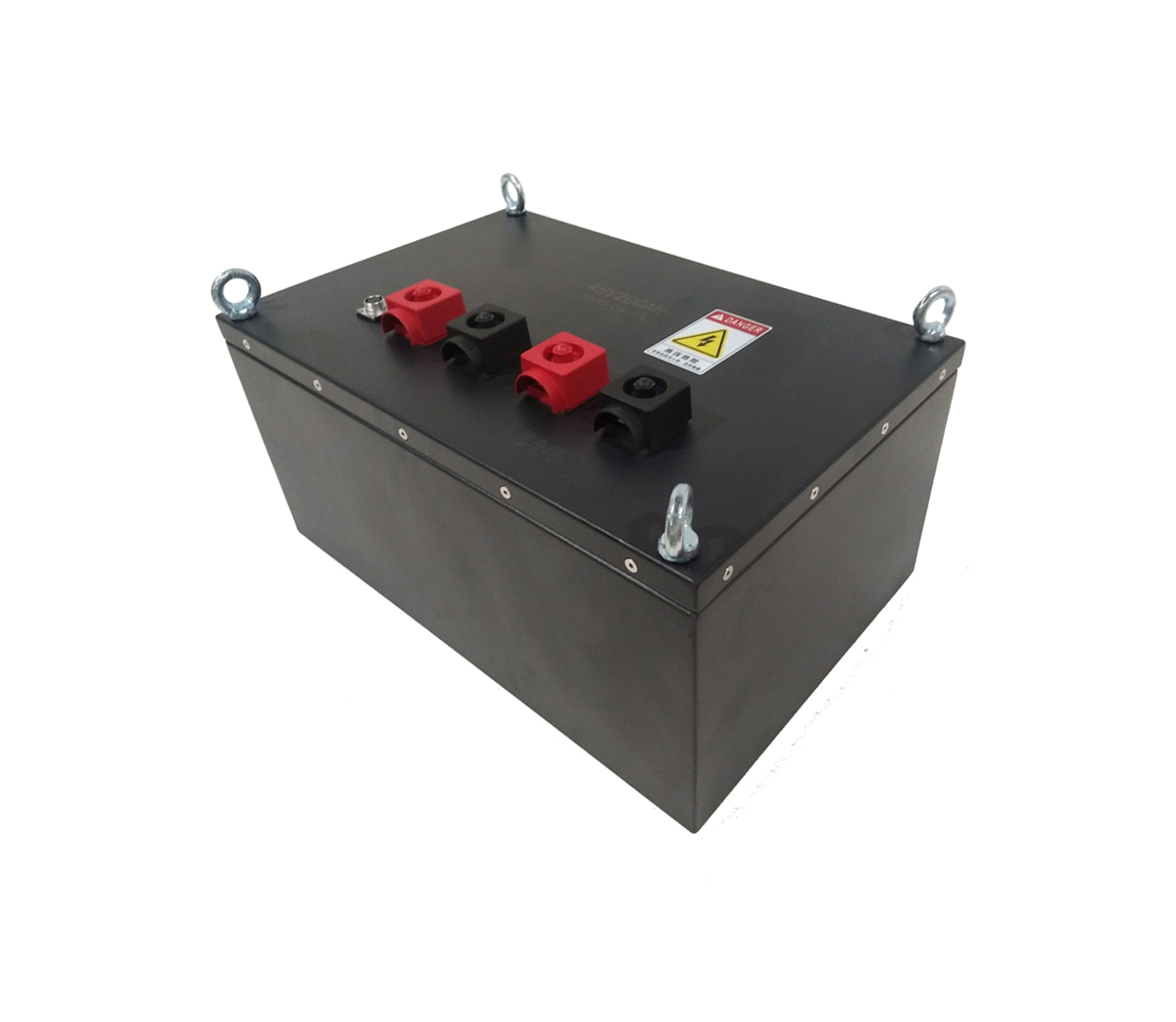Facts have shown that battery energy storage systems are essential for the
integration and development of clean energy, but require more advanced fire
safety protection measures. The senior engineer of SES Power with 20 years of
experience in the lithium battery industry analyzed and explained the reason why
exhaust gas detection is an important line of defense to prevent battery thermal
runaway.
Wind power facilities, solar farms, microgrids, data centers and
telecommunications facilities have at least one thing in common: They rely on
battery energy storage systems (BESS) composed of thousands of lithium-ion
batteries. Battery energy storage systems not only play a key role in the
transition to renewable energy and smarter grids, but have become a key
component of data centers and telecom hubs.
According to the survey, the global utility-scale battery energy storage
system market is valued at $2.9 billion in 2020 and is expected to grow at a
CAGR of 32.8% from 2020 to 2025, reaching $12.1 billion by 2025. That number
more than doubles when you include uninterruptible power supplies (UPS) in data
and telecom centers, vehicle charging facilities, and other energy storage
applications. The total global energy storage market is expected to grow from
$7.8 billion in 2020 to $26.8 billion in 2028.
Why are lithium-ion batteries the preferred battery energy storage
technology? First, they are relatively inexpensive and provide higher energy
density due to their size and weight; they have a longer continuous discharge
time; they are less prone to self-discharge than other types of batteries; and
require little maintenance, and does not require regular exhaust emissions.
Despite the multiple advantages of lithium-ion batteries, there are also
some disadvantages. On the one hand, lithium-ion battery energy storage systems
require sophisticated battery management systems (BMS) to maintain operation
within safe parameters of voltage, temperature, and charging. If mismanaged or
abused, the battery can fail, cause venting or overheating, and if the battery
catches fire (thermal runaway), it can quickly escalate into a catastrophic
fire, or even an explosion, which is extremely difficult to extinguish and can
be extinguished with dominoes The domino effect accelerates diffusion to
surrounding batteries.
A: Three stages of battery failure
• Abuse factor
Electrical abuse occurs when battery voltage limits are exceeded during
charging or discharging. Because a large number of cells in a battery energy
storage system are charged or discharged at the same time, the risk of
electrical abuse of a single cell increases. Thermal abuse occurs when operating
temperatures exceed the battery's endurance limit. Mechanical abuse refers to
physical damage such as crushing, indentation or puncture.
• Battery exhaust (exhaust gas)
If the abuse factor continues, the liquid electrolyte in the battery will
convert to a gas, which will cause the internal pressure of the battery to
increase enough to open the pressure relief hole or break the battery seal. This
outgassing is distinct from the outgassing after thermal runaway occurs, and
typically occurs several minutes before thermal runaway.
• Thermal runaway
As the temperature inside the battery rises, the separator will melt and
rupture, releasing fumes and igniting the electrolyte. Gases emitted during this
phase typically include carbon monoxide (CO), carbon dioxide (CO2) and
combustible gases. The resulting fire can generate temperatures above 1,000°C
and spread to surrounding batteries, causing them to enter a thermal runaway
state that can cause the entire system to fail and catch fire.

(Smoke and exhaust gas detection and monitoring sensors installed on the
top of the lithium-ion battery energy storage system)
B: Challenges brought by battery energy storage systems to traditional
monitoring technologies
Battery energy storage systems require a battery management system (BMS) to
monitor voltage, current, and temperature and prevent battery abuse, but relying
on a battery management system (BMS) as the only layer of defense against
thermal runaway is risky. Because the battery management system (BMS) cannot
resolve the temperature or voltage of a single battery. Even with temperature
sensors on each battery, there may be undetected hot spots.
Traditional monitoring techniques, such as smoke and fire detection, carbon
monoxide (CO) monitoring, carbon dioxide (CO2) monitoring, lower explosion limit
(LEL) monitoring, are part of the safety solution for battery energy storage
systems.
Smoke and fire are generally not produced, and carbon monoxide (CO), carbon
dioxide (CO2), and lower explosive limit (LEL) gases are generally not present
in detectable concentrations until thermal runaway begins.
In short, these techniques are passive responses to thermal runaway rather
than active prevention. Even if a battery has reached the point of smoking or
catching fire, it may be too late to stop its fire from spreading to surrounding
batteries.
C: Initial exhaust (exhaust) detection before thermal runaway
Detecting early signs of lithium-ion battery failure and then responding
proactively with early monitoring data is critical to preventing thermal runaway
and explosive fires.
To evaluate the response time of lithium-ion batteries in detecting early
signs of potential thermal runaway, a study by the safety agency DNV tested
three technologies: exhaust gas sensors, battery voltage sensors, and lower
explosion limit sensors.
Of the three types, exhaust gas detectors have the highest sensitivity and
accuracy. They had an average response time of less than 10 seconds after the
onset of exhaust gas emissions and 6 minutes and 11 seconds before the onset of
thermal runaway. Neither the LEL nor the voltage sensor is active until thermal
runaway starts.
The findings also show that system shutdown measures combined with exhaust
gas detection are effective in preventing thermal runaway. Once exhaust gas is
detected, the battery energy storage system automatically shuts down to prevent
the battery temperature from rising, thereby preventing thermal runaway from
spreading to adjacent cells.
Benefiting from globalized energy conservation and emission reduction, the
construction of clean energy has gradually entered an outbreak period, which has
also led to an increase in supporting energy storage systems. The ternary
lithium battery with high energy volume ratio has more energy than the lithium
iron phosphate battery, but the safety is superior to the lithium iron
phosphate. SES Power has been working hard in this market segment for a long
time and has launched, such as 12V100Ah, 12V200Ah, 24V100Ah, 24V200Ah, 36V100Ah,
48V50Ah, 48V100Ah, etc. using square aluminum-shell lithium iron phosphate
cells. It can be said very sincerely that the competition in this market is more
intense than that of electric vehicle batteries. Many customers are very
concerned about cost performance. SES Power recommends that customers use
lithium iron phosphate ladder batteries first, which can ensure a price
advantage. However, SES Power suggests that the customized echelon lithium-ion
battery pack must add more functional investment in safety performance. These
investments do not actually account for much of the cost of this customized
lithium-ion battery pack, but it can greatly improve safety. sex.



































